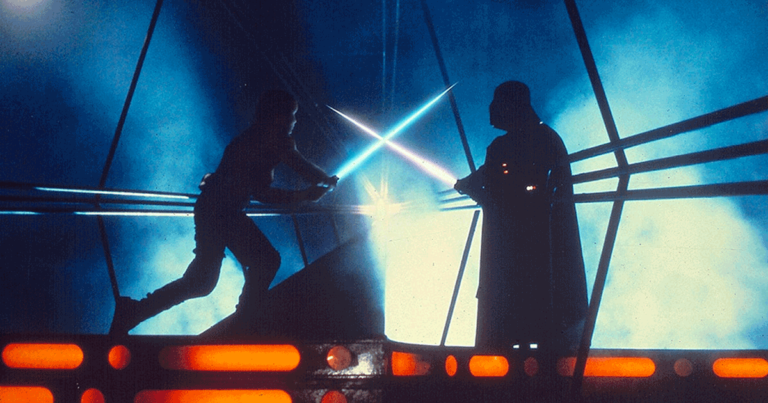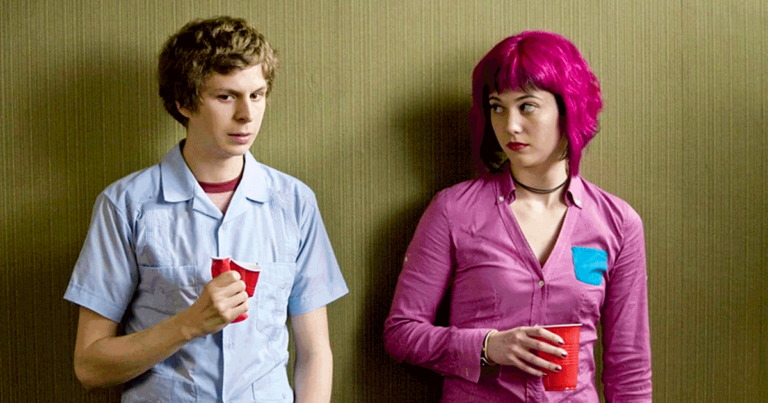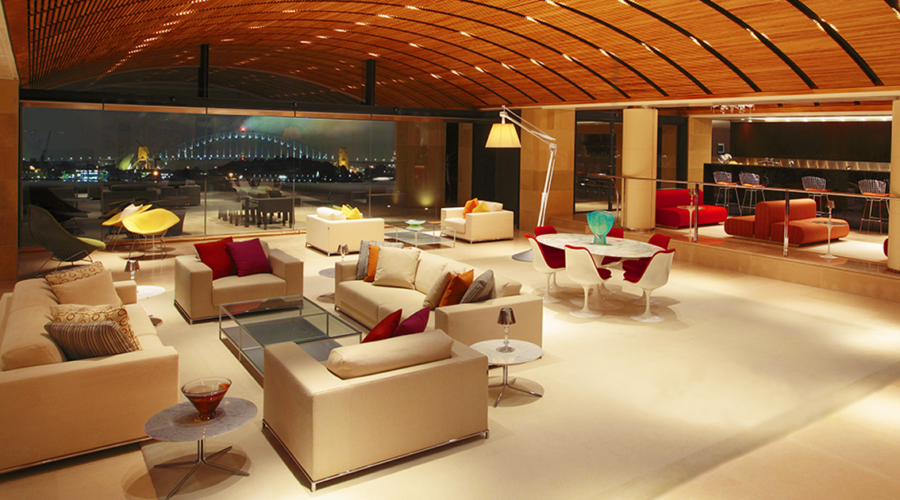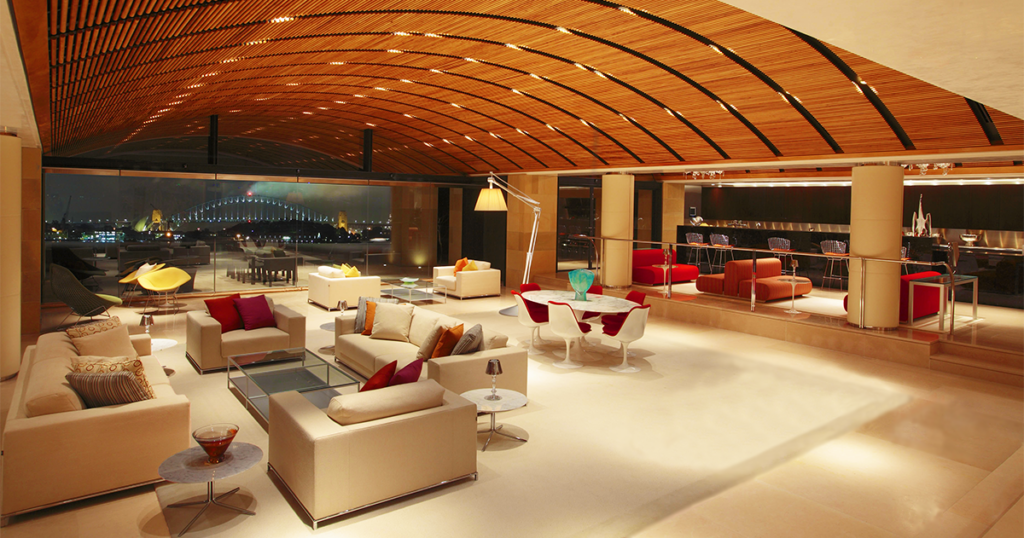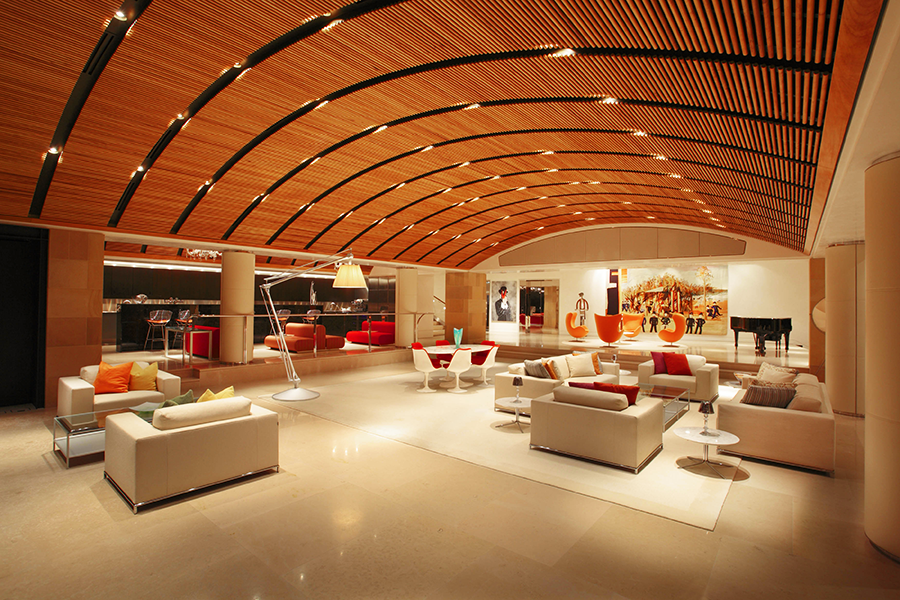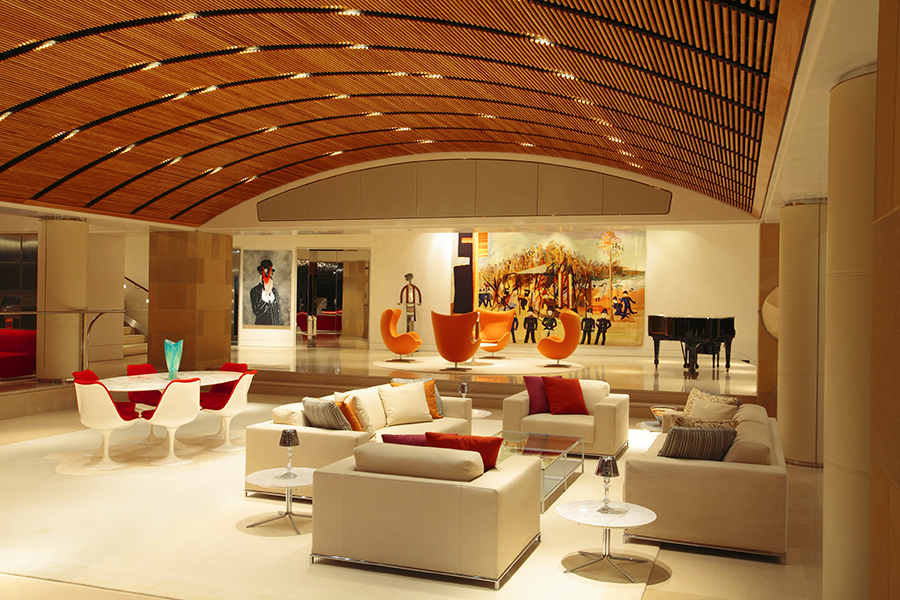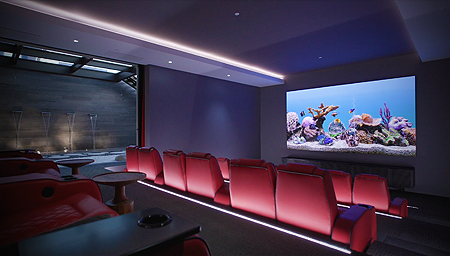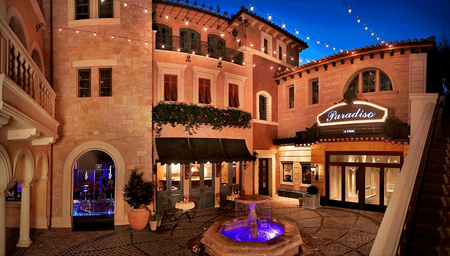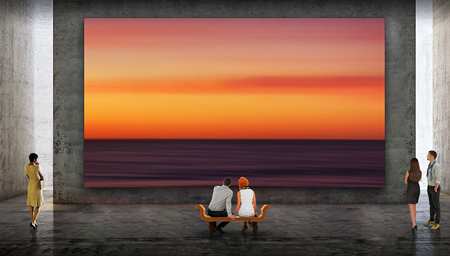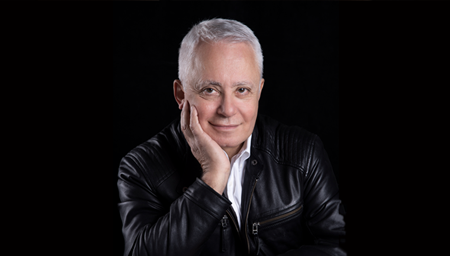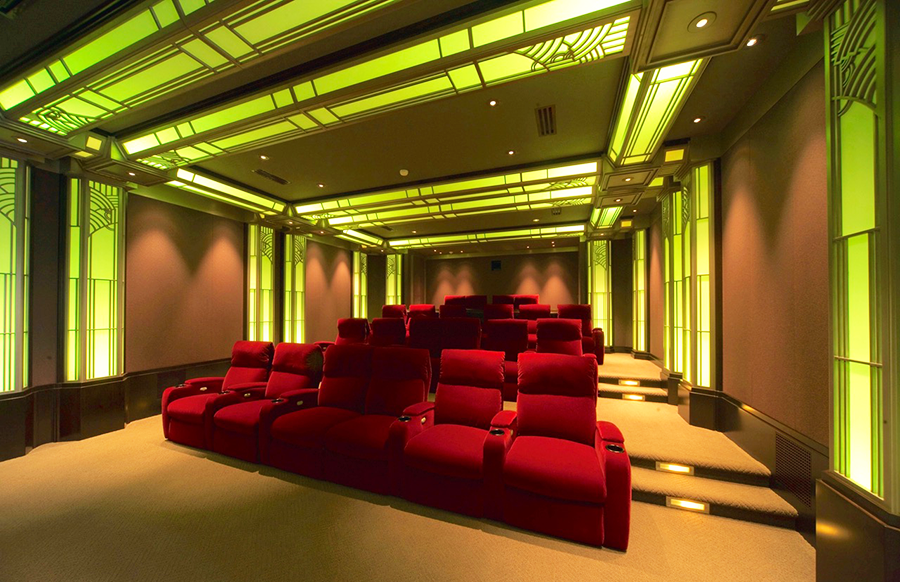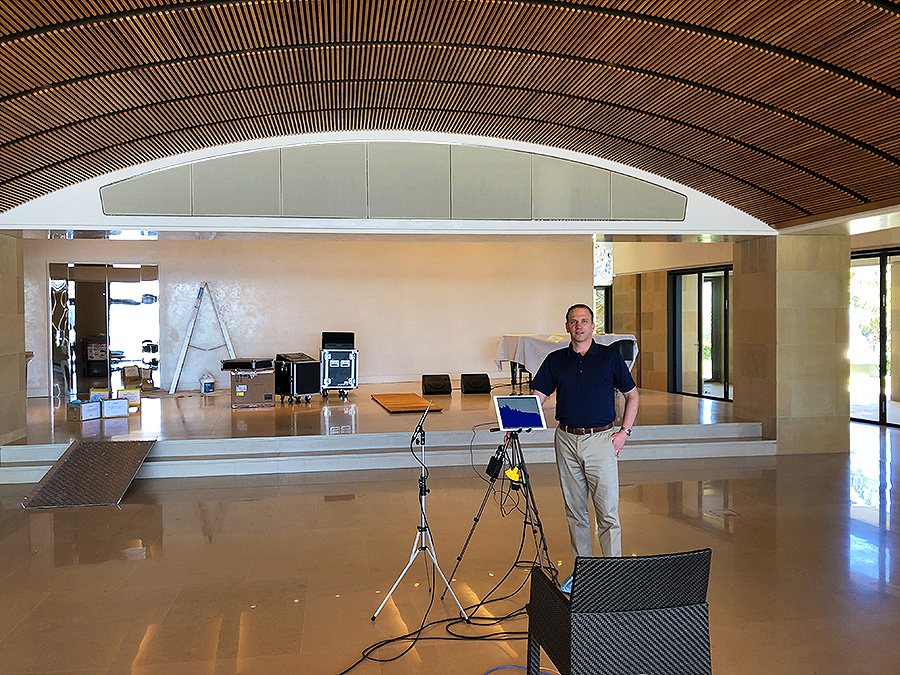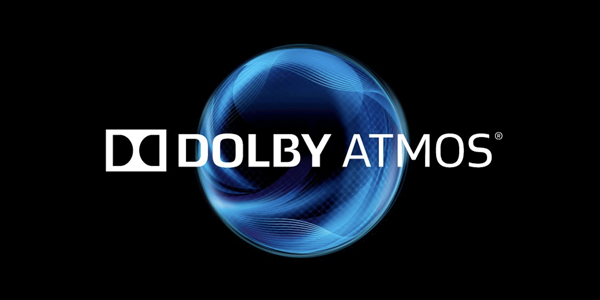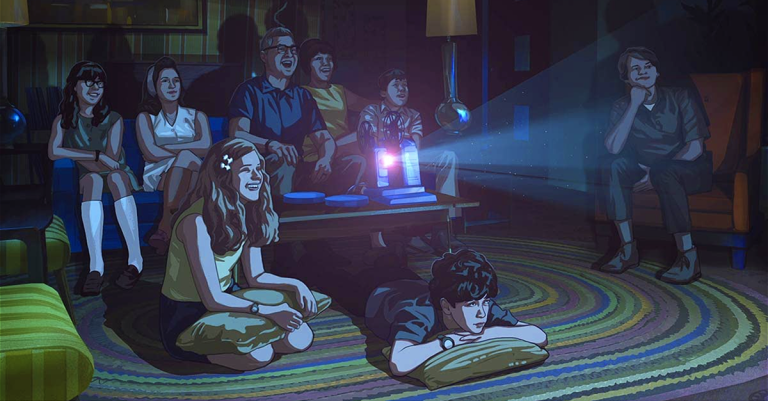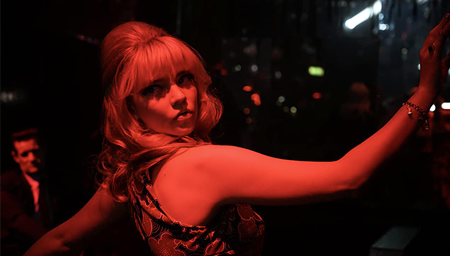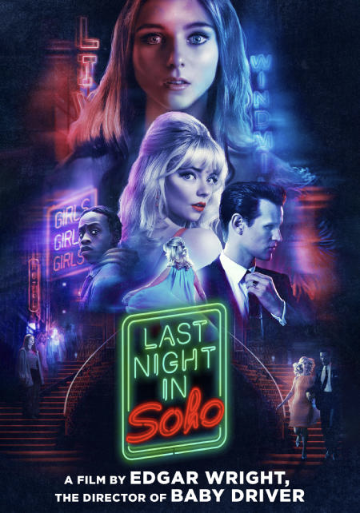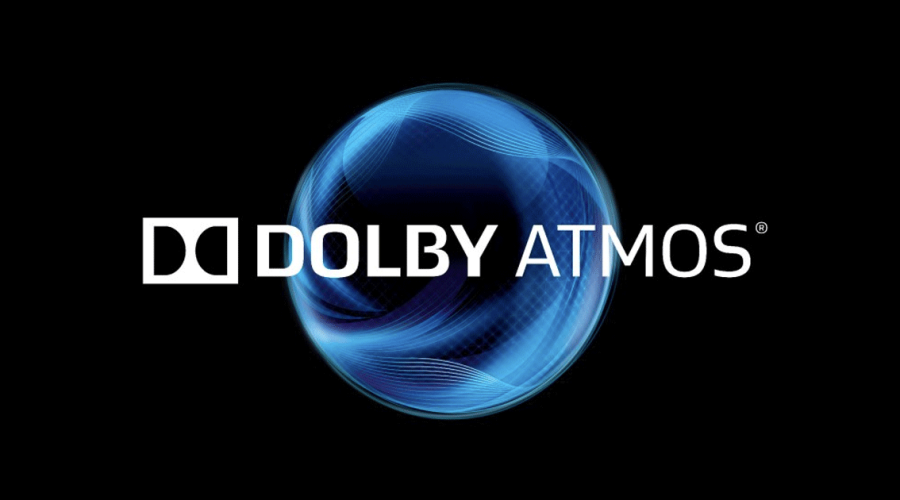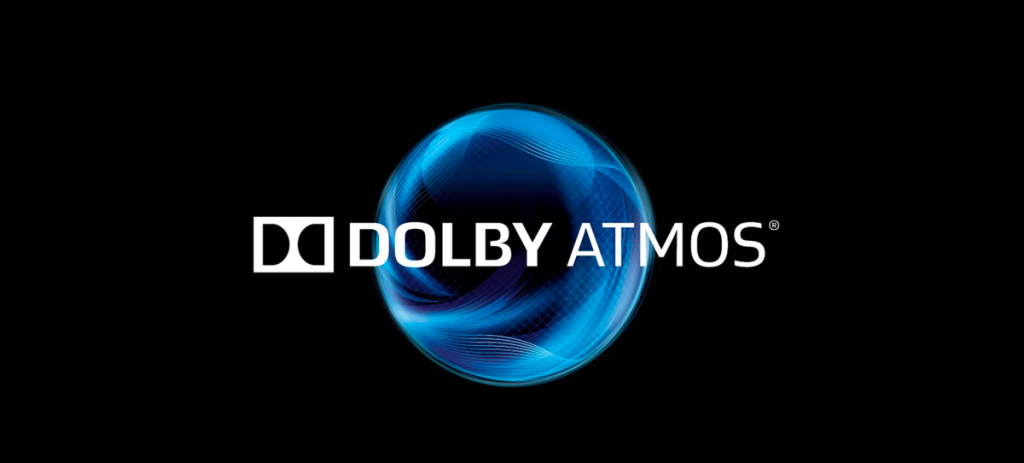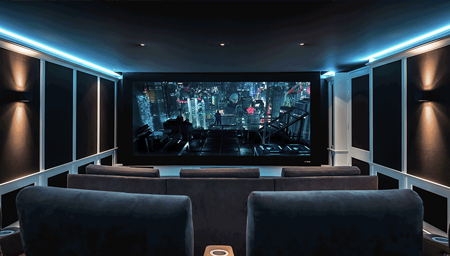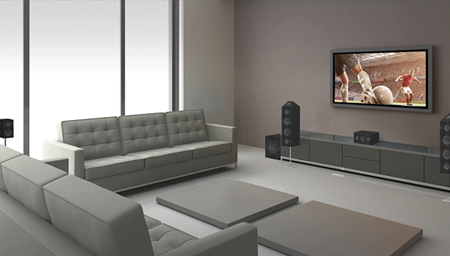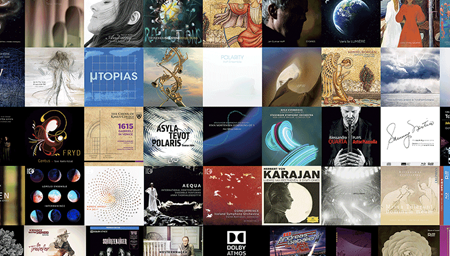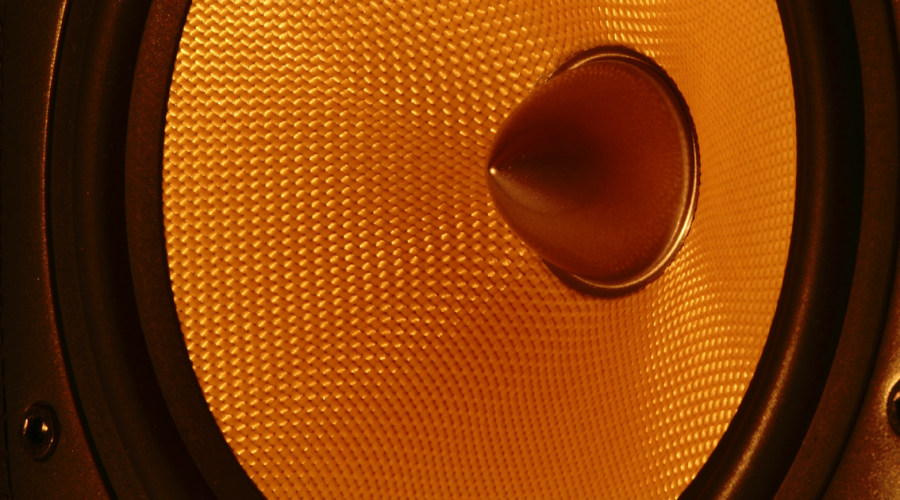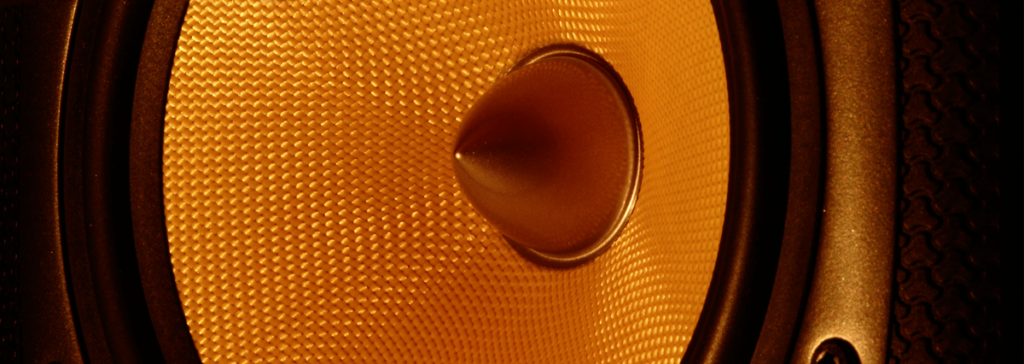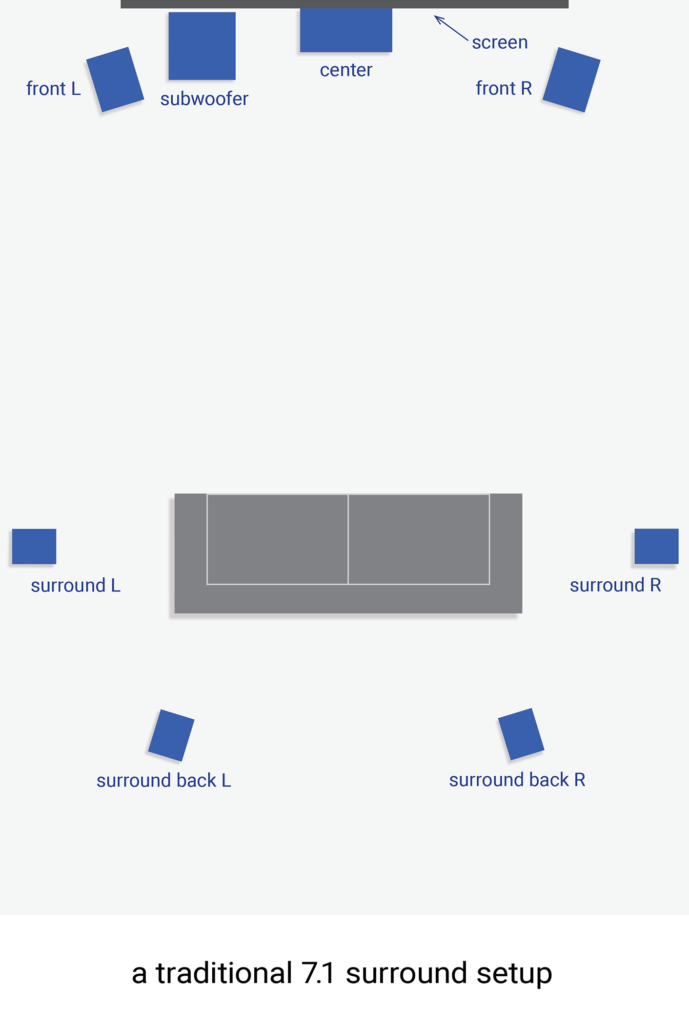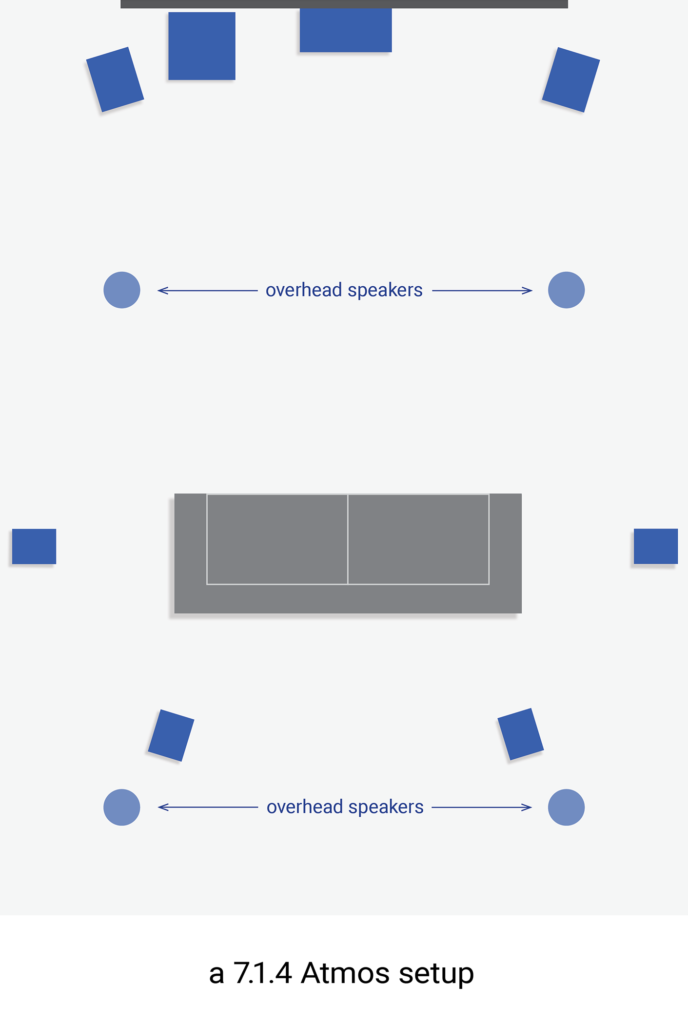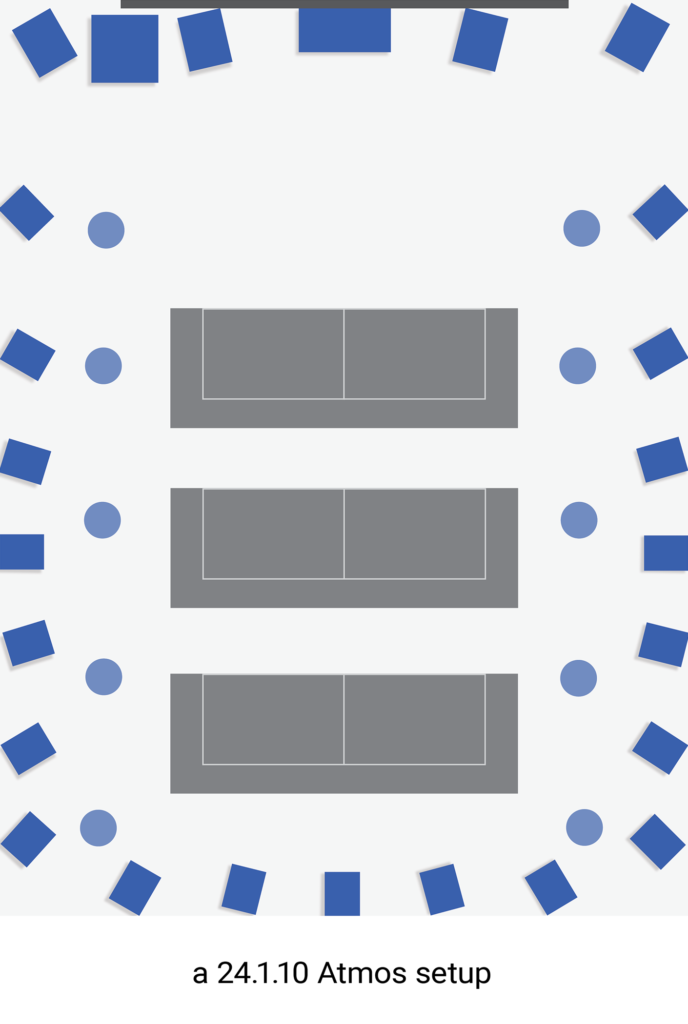Dolby Atmos Demo Scenes
15 world-class demos, from over-the-top action films to sci-fi epics to concerts
by the Cineluxe staff
updated May 30, 2023
A premium entertainment system needs great content to look and sound its best, and just as we highlighted several classic films that show how fantastic 4K HDR can look, we’ve also curated a list of some of the best-sounding Dolby Atmos demos—both movies and music—that will demonstrate what your system is capable of! These selections highlight some of the best features of Dolby Atmos, from huge sounds happening over your head to placing voices and sounds all around you to sonically transforming your theater into an entirely different space. If you’re looking to wow your friends and family, this list is a great place to start.
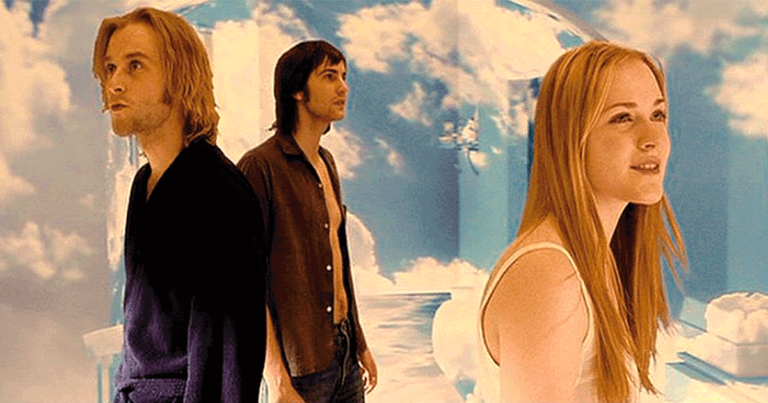
Across the Universe
Across the Universe is set in Vietnam-era USA and uses the music of the Beatles to explore the tensions and culture clashes of that period. “Let It Be” flashes between the violence of the 1967 Detroit riots and the war in Southeast Asia. Two characters are killed in the violence and we see their respective funerals in the aftermath. The song, sung by a gospel choir, is hauntingly plaintive. (Maybe it’s only because I grew up with these scenes of violence on the evening news but I cannot see this scene without choking up a bit—even though I have watched it dozens of times.) —Jon Herron

Baby Driver
The “Bellbottoms Bank Job” scene is an absolute grand slam, checking off nearly every box for “What makes a great demo?” It’s literally the opening of the film, and it’s action packed, with some of the best driving you’ll see on screen, with a fantastic accompanying audio track. The music in the opening plays loud and proud from the overhead speakers, with vocals that swirl around the room, and features a sub-heavy bass line that drives the tempo. A potent and well-calibrated sub will have you feeling the Subaru’s engine revs in your chest as Baby pushes the WRX to its limits. You’ll clearly hear tires squealing, with the audio tracking every siren, horn honk, and car that whizzes by. —John Sciacca
Dune (2021)
The Dolby Atmos soundtrack for Villeneuve’s Dune is less a sound mix than it is a completely immersive sound experience. Woe be to those who attempt to enjoy the film through a soundbar or basic home theater speaker setup. There’s so much going on here—even before the film itself begins—that you need the expanded channel count of Atmos to appreciate the way the sound effects, dialogue, and Hans Zimmer’s best score to date combine to create a 21st-century opera. When the film turns to pure audiovisual experience, as it often does, the audio mixing works in conjunction with the spectacular Dolby Vision imagery to tiptoe right up to the edge of sensory overload without feeling even slightly abusive. That’s an impressive trick in itself. —Dennis Burger
The mixers take every opportunity to have ships and objects flying or rumbling past overhead. Right from the start, probe droids launched from the Destroyer whiz across your ceiling, not to mention all the flyovers from tie-fighters, snow speeders, mynocks, and more. Ghost Obi-Wan and the Emperor’s voice boom from overhead and all around as appropriate. Beyond the big action scenes, we get a ton of ambience and atmospheric sounds in nearly every scene. Outside on Hoth, the blizzard whips wind and snow around the room. On Dagobah, we’re immersed in jungle sounds, with creature noises and leaves rustling, and a brief rainstorm that showers the room. Bass is deep and powerful, whether it’s explosions or the mighty foot stomps of the AT-AT walkers. Perhaps most important, dialogue is always clear and properly placed, not always in the center channel but tracking characters as they move off screen. —J.S.

Ender’s Game
“Dragons vs. Salamanders & Leopards” is a zero-G training exercise in a space station. Think of it as a Space Age “capture the flag” game. As you might imagine, thanks to the zero-G aspect of this scene, there are things happening in pretty much all directions, to the point where (in a good system) it can even seem a bit disorienting. There is no blood or gore—if someone is “shot.” their suits just lock up so they can’t move until the game has finished. Good, family-friendly action. —J.H.

Gravity
The film opens with a big swell of music and what sounds like rocket engines firing before cutting to total silence as we orbit the earth. As George Clooney slowly circles the shuttle in his rocket pack, Ed Harris’s voice from NASA control is mixed aggressively up to the ceiling speakers, giving a real “in your helmet” sense to the audio. Gravity does an amazing job of taking advantage of the four discreet overhead speakers, which are frequently used independently to bounce, swirl, and shift the audio environment around the space of ceiling. The most intense demos happen near the end of Ch. 4 and into Ch. 5. As Stone enters the ISS, all sound focuses on her lack of oxygen and her breathing sounds, with the sub channel beating out a steady thump-thump heartbeat pulse. As she is moving around weightlessly inside the space station, there are little clanging and debris sounds inside the cluttered cabin, and when the fire breaks out, alarms blare through the overhead speakers punctuated with tense music until she hits her head and all audio ceases. —J.S.

John Williams in Vienna
While some might prefer one of the more familiar and dynamic cuts (of which there are many), we usually start a Trinnov demonstration with the opening piece, “The Flight to Neverland” from Hook. The track opens to the sound of the orchestra tuning and the audience eagerly anticipating the start of the concert. In Atmos, this sounds uncannily real, as does the ovation John Williams receives as he takes the podium. The soaring performance keeps the entire orchestra engaged throughout, with plenty of percussion highlights. —J.H.
You get a taste of what you’re in for in the film’s opening seconds, with planes flying and fighting overhead and buzzing around the room. The overhead flyover is a favorite of Atmos theater owners, and this definitely delivers, with plenty of other similar sonic moments, such as helicopters swirling around, announcements from PA systems, or the blare of master caution alarms. This dynamic Dolby Atmos mix almost constantly has something going on, including big dynamic effects and tons of ambient jungle sounds like bugs and wind rustling leaves in trees. The mix also does a great job of tracking audio objects, such as when things move left/right of center and then pass into the surrounds off camera. We get a near-videogame use of localizing threats, as you’ll hear things coming up on the characters from the surround channels. And there is a healthy amount of low-frequency effects courtesy of explosions and Kong’s roaring and stomping. —J.S.
Midway (2019)
Midway offers a fun ride that sounds fantastic in a home theater. You might even call it a 2-hour 18-minute Dolby Atmos spectacle masquerading as a war movie. The mix plays a dynamic role in nearly every scene, and if anyone has every wondered if their height speakers are working or if Atmos can add to the immersion of a movie, just show them any of the aerial attack scenes where the audio lends a wonderful third dimension to plane flyovers. Midway will also test your subwoofer’s mettle, with deep bass present throughout. There is the constant low, steady, bassy rumble as a background reminder that you’re aboard a warship, along with other ambient mechanical sounds to place you on board. There is also the carnage of the USS Arizona breaking up after explosions and then ripping itself apart with groans, creaks, and the rumble of crumpling steel. —J.S.
The Dolby Atmos mix is a big highlight here, as M. Night Shyamalan really leans into the possibilities of immersing the listener in sound and utilizing all of the speakers. Jungle sounds fill the room, with birds and wind creating a nice canopy of sound overhead and all around. You also get nice audio moments like the sounds of the hotel’s lobby Muzak pumping out of the ceiling speakers like you are walking through the hotel, or the sounds of water dripping from overhead in the cave complex, or the noise of crashing waves and surf all around. The mix really plays with the location of voices. Most films anchor about 90% to the center speaker, but here we have dialogue that literally swirls 360 degrees around the room, as a character is turning and listening to people talking, which really puts you in the moment. It will also lay bare if your speakers have any timbre-matching issues, as you’ll really notice a change in the tone and quality of the dialogue. —J.S.
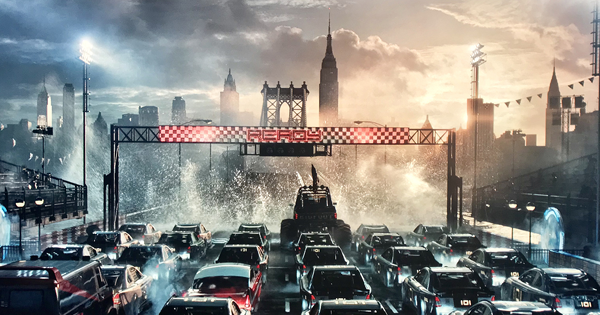
Ready Player One
The “First Challenge” scene is just fantastic eye and ear candy throughout. Once the race starts, the music stops and the scene is all about sound effects. Notice how the smoky exhaust from Parzival’s DeLorean wafts into the room, the smoke dissipating. The rumble as the bridge constructs itself is deep with bass, and the fireworks to begin the race explode overhead. The race is filled with cars cartwheeling overhead and around the sides of the room, racers swirling back and forth, around all sides, and overhead, with tires squealing for mercy. Explosions have tight, deep, concussive bass, letting you feel each virtual metal-on-metal crunch—and you can practically track the progress of every bouncing coin or piece of debris. When T-Rex and King Kong get in on the action, their foot stomps raise the bass concussion to the next level, with roars/growls that energize the entire room. Notice how the mechanical sounds of Art3mis’ bike dying are clearly placed in the back of the room behind the listeners, and gradually move to the foreground as she approaches the bike. —J.S.
The new Dolby Atmos remix very rarely shows restraint. It’s big, bold, loud, and an outright violation of your subwoofers’ rights. Normally, I would hate this kind of mix, but for such a ridiculous spectacle as this movie is, it just works. I wouldn’t change a single thing about the it. If you want to hear this audaciousness at its best, cue up the battle of the bands between Scott Pilgrim’s Sex Bob-Omb and the electronica keyboard wizards the Katayanagi Twins. In the original surround mix, all you could really focus on was the sonic assault of the subwoofers. In Atmos, you can really appreciate the nuances and details that make this sound like an actual musical melee. —D.B.
Dennis Burger is an avid Star Wars scholar, Tolkien fanatic, and Corvette enthusiast who somehow also manages to find time for technological passions including high-end audio, home automation, and video gaming. He lives in the armpit of Alabama with his wife Bethany and their four-legged child Bruno, a 75-pound American Staffordshire Terrier who thinks he’s a Pomeranian.
Probably the most experienced writer on custom installation in the industry, John Sciacca is co-owner of Custom Theater & Audio in Murrells Inlet, South Carolina, & is known for his writing for such publications as Residential Systems and Sound & Vision. Follow him on Twitter at @SciaccaTweets and at johnsciacca.com.
© 2022 Cineluxe LLC




